Hello from the sunny island of Grenada (pronounced gruh-nay-duh)! Grenada is a tropical island located in the West Indies, just north of South America. This will be our home for the next two years while Dean is studying, so I just wanted to introduce you to this beautiful island, as well as share about how I’ve been getting along with all the new foods and different cooking styles here.
First off, we’ve found that the food here is generally much more expensive than in the US, especially if you’re going to buy American/imported products. Because we’re both pretty adventurous when it comes to trying to new foods, and because we’re trying to keep costs low, we’ve decided that we’ll be buying mostly locally grown and raised products. We’ve made a few exceptions for things like peanut butter, milk, cheese, and occasional treats, but for the most part, we’re trying to immerse ourselves in the culture and foods of this new place.
Grenada is bountiful, with tons of different tropical fruits – mangoes, papayas, bananas, starfruit, soursop, citrus, and lots of varieties of new, indigenous fruits. We’ve tried to sample a few different ones: golden apples, cashew fruits, sapodillas, but haven’t taken a liking to any of them yet. The fruits that we’ve found most available and inexpensive have been the mangoes, bananas, and papayas.
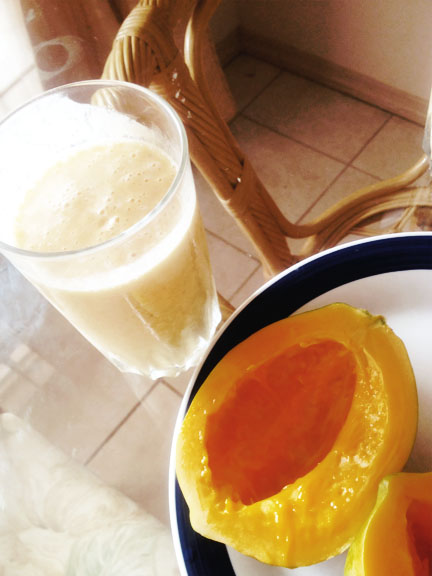
I expected there to be a lot of fresh fruit here, so I actually brought my Magic Bullet with us to make smoothies! I’m so glad we did. :) There are several smoothie vendors around Grenada, but I’ve found their prices to be almost like Jamba Juice back home (about $4)!
We ventured out to the fish market in town last weekend to pick up some fresh fish. In Grenada, it seems that all the vendors sell the same exact things at exactly the same prices, so there isn’t a lot of competition or bargaining to be had. We picked up this “red fish” for about $3/lb and then had it washed and cleaned for about $1 in the back of the market (with a machete, I might add. Did I mention they use a machete for everything here?). I ended up steaming the fish Asian-style, but I was disappointed with how chewy the meat and skin were. My mom suggested that I could try a less delicate cooking method for the fish, such as stir-frying, stewing, or simmering in soup.
It’s been hard to find all the same types of ingredients that I’m used to cooking with back home, but one thing that I can find in abundance here is spices! Grenada is often called the Isle of Spice because they grow and produce so many of the spices that we find at home. In particular, nutmeg is Grenada’s number one export. They use the fruit on the outside for jams and jellies, the red skin of the pit for cosmetics and dyes, and the inside for spice.
I’ve been experimenting with lots of new recipes that I hope to share with you soon, using some of the available ingredients here like pumpkin, local goat, and salted pork! [Update: You can find a recipe for pumpkin soup with salted pork here.]
P.S. We weren’t sure how available Asian food would be here, particularly Vietnamese food, so we brought a little stash with us (rice paper, rice noodles, Shin Ramyun, plus other assorted instant noodles). We also brought along some condiments too. :D Â Turns out, there are a few Chinese restaurants, and we have been able to find things like soy sauce and sesame oil, but there is only one brand: Roland. Has anybody ever heard of it? It just seems weird to me that Roland makes soy sauce and saltine crackers.





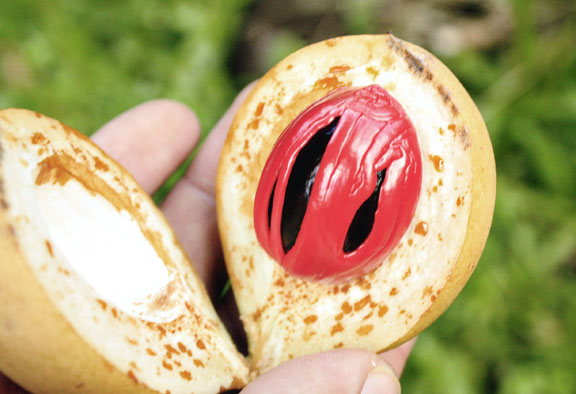


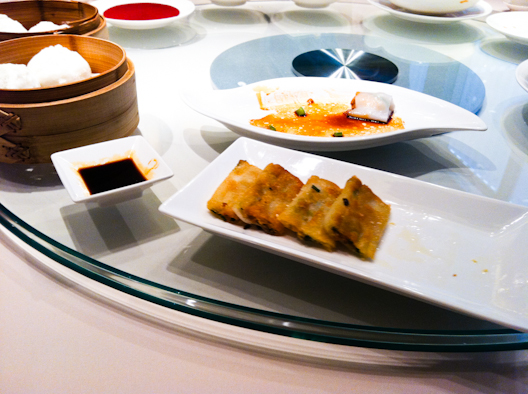
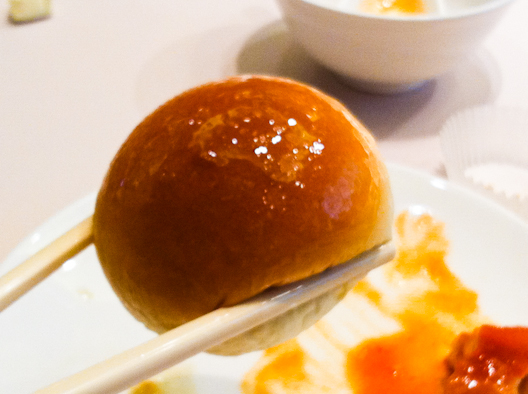
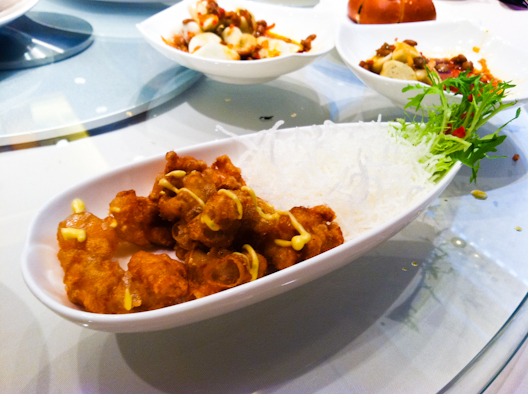
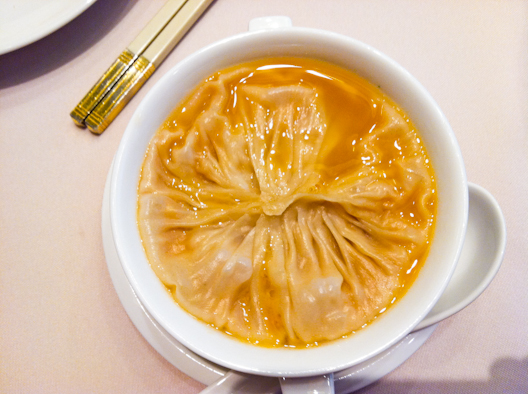
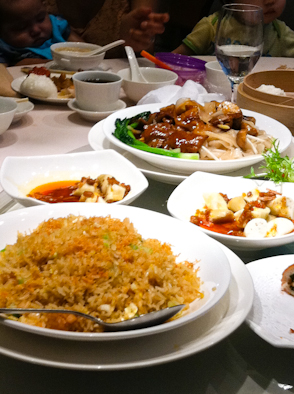
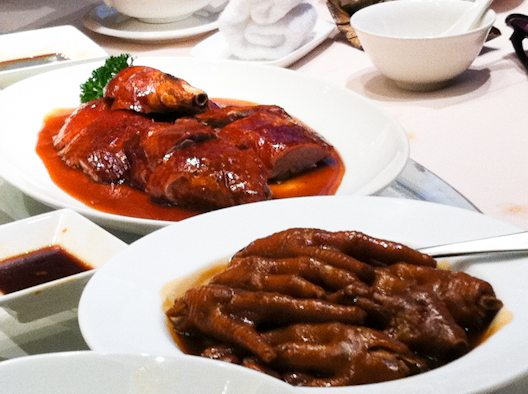



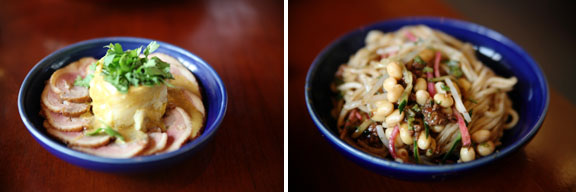

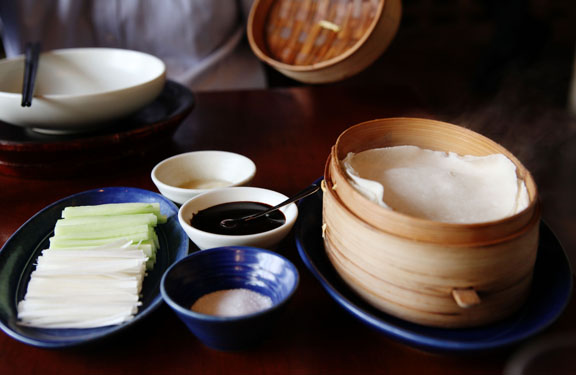
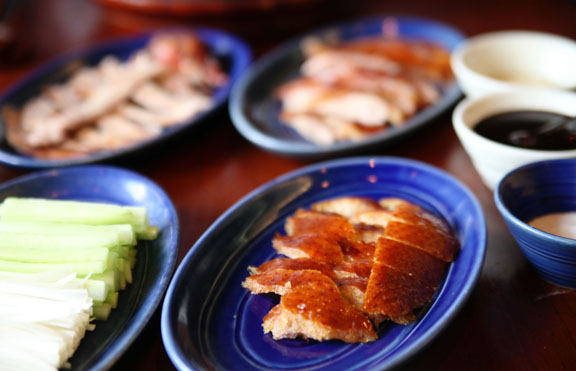

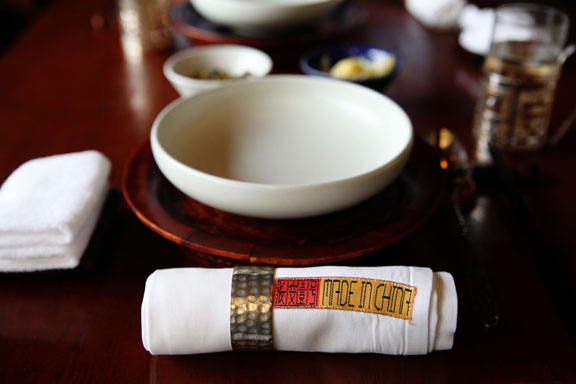

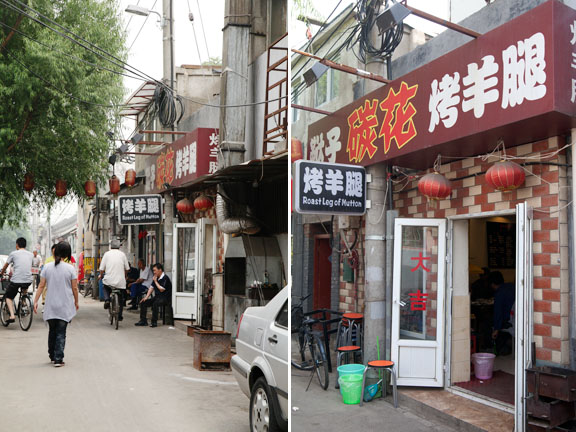

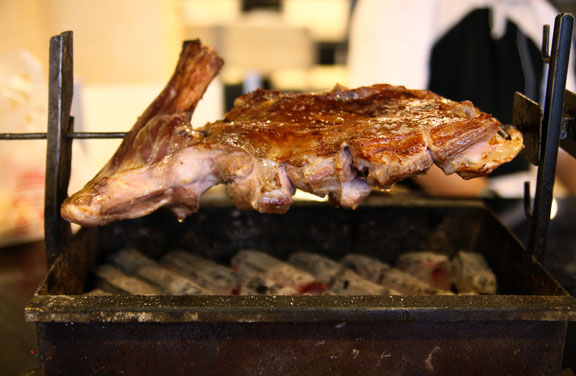










Connect with us